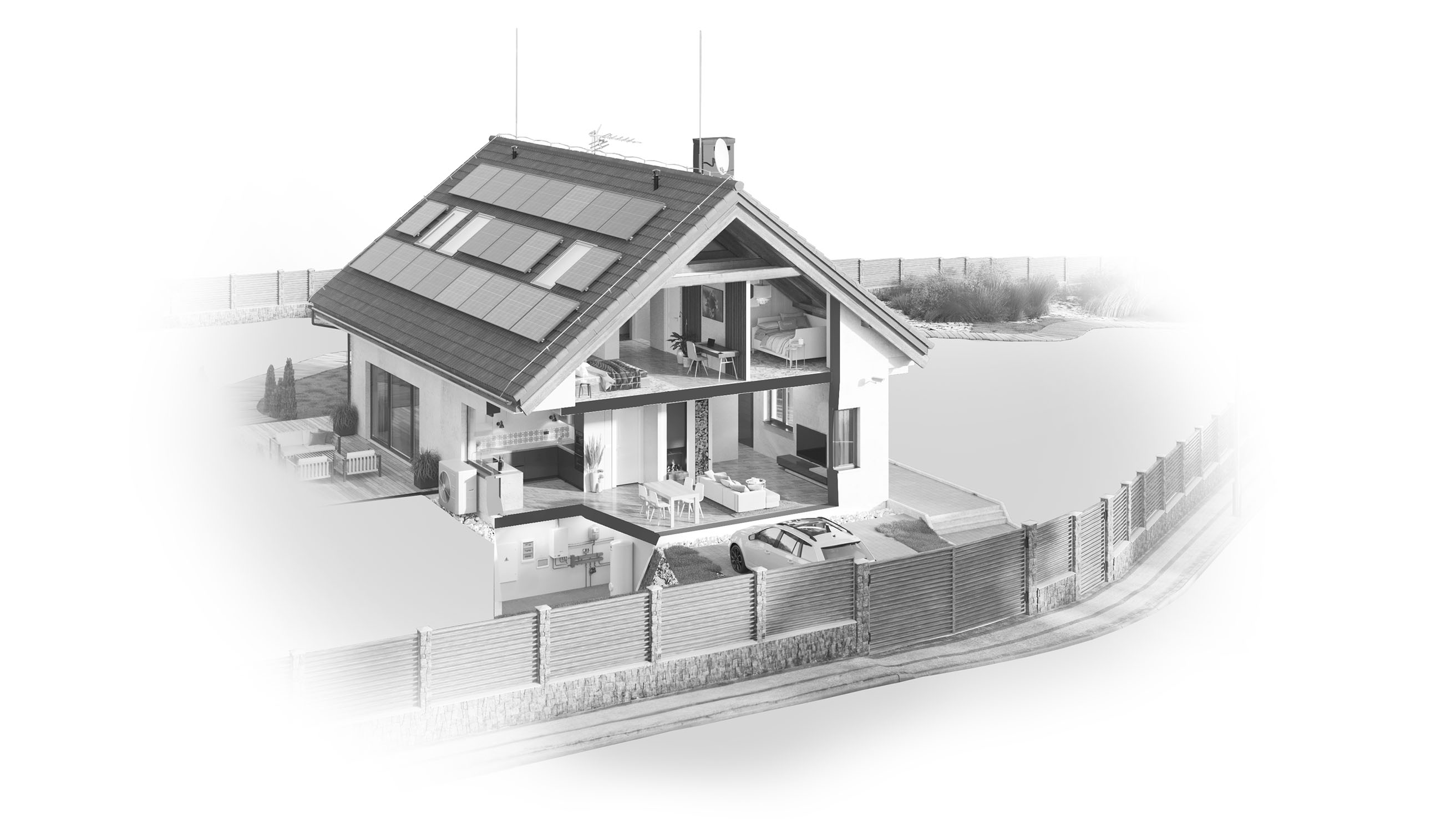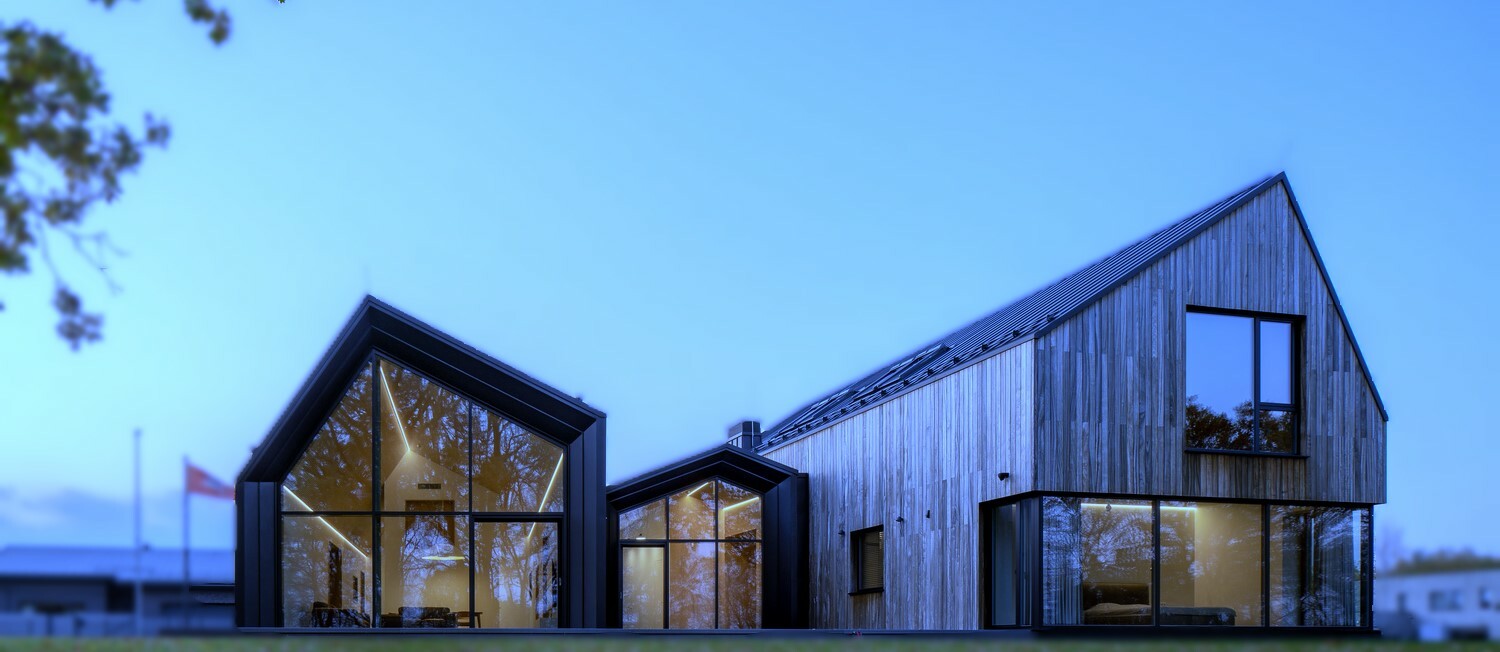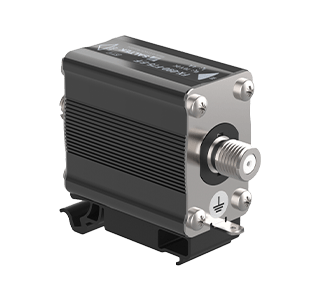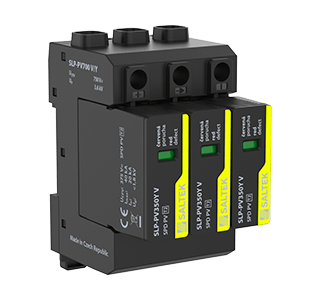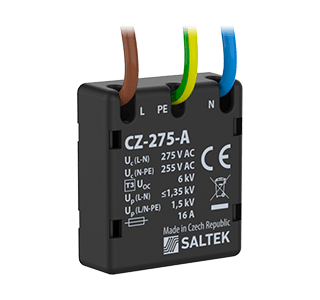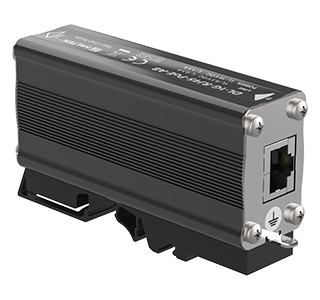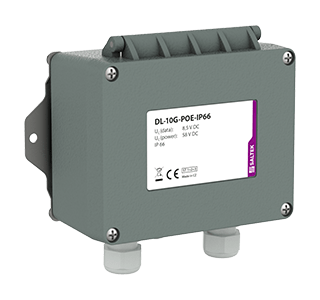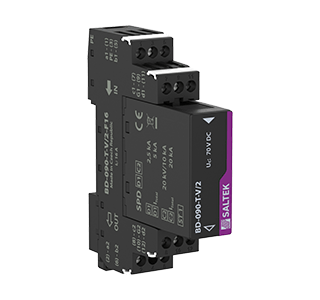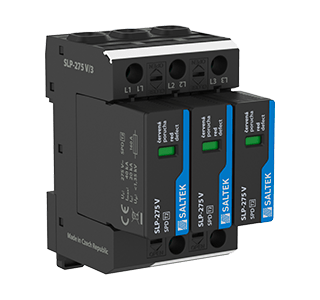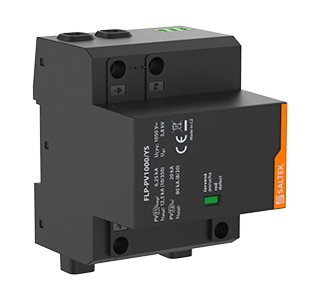Modern televisions, computers, and security systems are now a common part of both a small family home and a luxury villa. But all this can be destroyed by lightning strikes and overvoltages coming down the line.
The amount of electronics in family homes is increasing every day. If you want to watch TV, surf the Internet, automatically manage thermal comfort, or have a functional EMS and use other electronic devices without problems, you need to secure the house and thus also these devices against atmospheric phenomena. You will prevent their damage or complete destruction and you will gain a sense of well-being. The most common atmospheric phenomenon are lightning strikes inside and outside the building and the creation of a pulsed overvoltage spreading along the line, and not only along it.
What to protect?
Surge Protectors (SPDs)
The level of current technology enables high-quality protection of electronic and electrical devices against the effects of dangerous pulse overvoltage. This means protection against overvoltage of different types according to use. In addition, the device can be protected not only against the destructive effect of a high-energy pulse, but also against the effects of high-frequency interference. Unprotected electrical distribution, data and other networks always pose a significant risk to connected devices and their users. The installation of surge protection is primarily a prevention against possible damage. The costs of protection are only a fraction of the percentage of the purchase value of the protected equipment and are negligible from the point of view of possible damages due to malfunctioning technologies in the building.
- LV cable entry into the house: basic protection of the power supply to family houses. It is installed in the main switchboard.
- EZS, EPS, boiler regulation: SDP type 3 with a high-frequency filter to protect the 230 V power supply of EZS, EPS, boiler automation, etc. It is installed close to the protected device.
- Telephone, Internet: two-stage overvoltage protection of the analog telephone line, including ADSL, VDSL (Internet) lines, or socket adapter combining overvoltage protection of the telephone line and protection of the 230 V socket.
- TV, SAT, antenna leads: socket adapter, combined protection of 230 V and coaxial lead, to protect the TV receiver, DVD, etc. Or with an integrated vf interference filter for particularly sensitive devices. lightning current arresters to protect coaxial lines for TV and SAT receivers. It is installed between the antenna and the antenna amplifier (hub) in the place where the coaxial cable enters the house.
- Air conditioning, gutter heating, protection of equipment inputs located outside the house, e.g. outdoor lighting, gate drive, well pump, garden irrigation, etc.: SPD type 1+2 to protect the supply of equipment often located outside the house or on its roof.
- Photovoltaic panels/inverter, technology for the efficient use of energy from renewable sources: SPD PV type 2 for installation in DC circuits of photovoltaic systems (solar cells), to protect the DC input of the DC/AC converter.
- Sockets: SPD type 3 in retrofit modules or sockets with integrated SPD type 3, to protect all connected devices from small pulse overvoltages that shorten the life of electronics.
- Camera system: to protect camera line inputs. It is installed on the inputs of camera lines to a data distribution board (rack), recording device or PC.
- IPTV, Internet (via WLAN): two-stage Ethernet protection including PoE protection.
